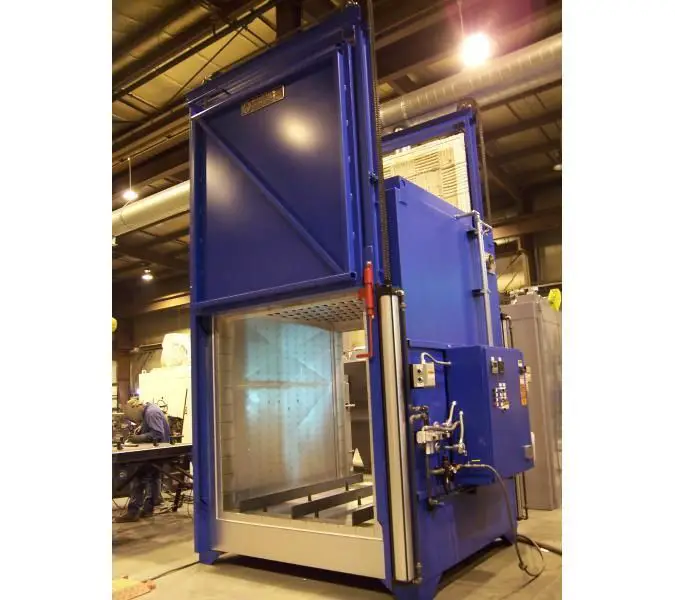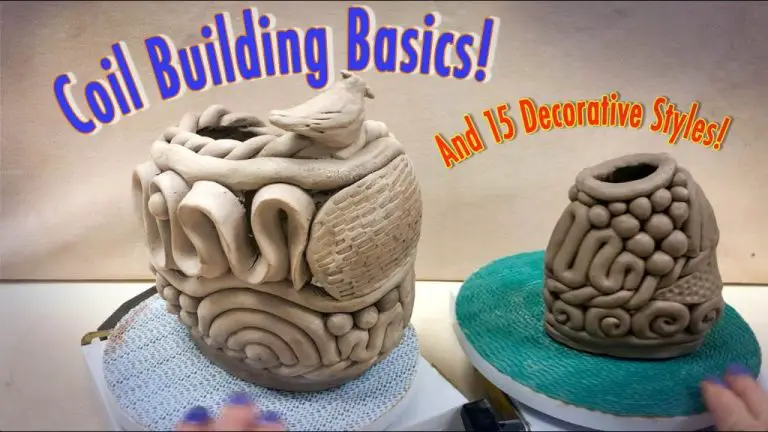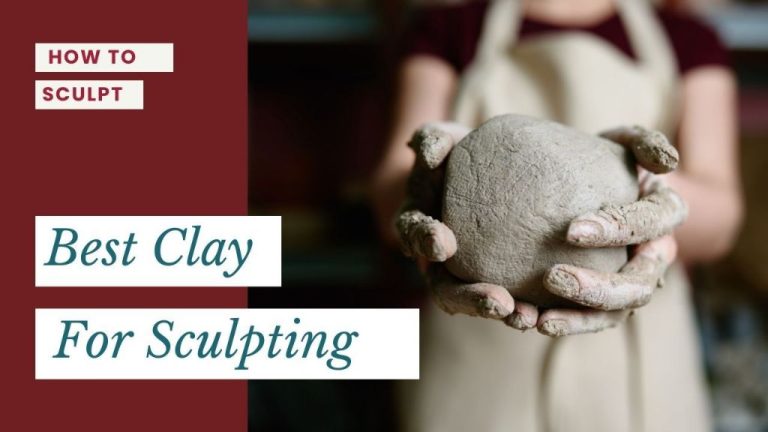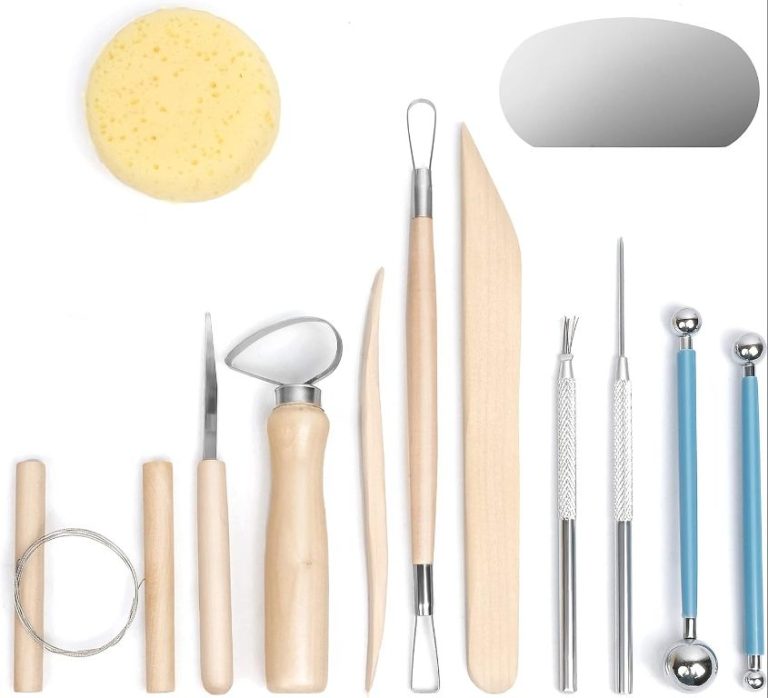Can You Make Your Own Knife?
Making your own knife can be a fun, rewarding hobby that allows you to create a fully customized blade for your specific needs. With some basic skills and tools, you can craft a high-quality knife to cherish for years to come.
In this complete guide, you’ll learn about the origins of knife making, the many benefits it offers, important legal considerations, the required tools and materials, key design elements, the step-by-step process, advanced techniques for seasoned makers, and crucial safety tips. By the end, you’ll have all the knowledge needed to start crafting your own blades with confidence.
History of Knife Making
Knives have been an essential tool for humans since prehistoric times. The earliest knives were made of flint and obsidian and date back to two million years ago according to archeological evidence. These crude stone knives were an important technological development that allowed early humans to butcher animals for food and make other tools. The earliest metal knives were made around 6000 BC in what is now Iraq and Turkey. They were forged from copper into symmetrical double-edged daggers. The first single-edged metal knife was developed in Egypt around 1500 BC. Early iron knives were forged in the Hallstatt culture as early as the 8th century BC giving them a major advantage over their bronze and copper knife wielding neighbors.
Traditional knife making techniques evolved over centuries alongside advancements in metallurgy and blacksmithing. Knives were laboriously hammered into shape by hand. The industrial revolution brought automation to knife making with the use of drop hammers and grinding wheels. Modern manufacturing methods now employ computerized machines, laser cutters, and other high-tech tools to mass produce knives. However, there is still a thriving community of custom and handmade knife makers who painstakingly forge blades using traditional techniques as a craft and artform.
Sources:
https://www.knifecrimes.org/History-of-the-Knife.html
https://brennanknives.com/blogs/news/the-history-of-knife-making
Benefits of Making Your Own Knife
There are several advantages to making your own knife versus buying one.
One of the biggest benefits is customizability. When you make a knife yourself, you can customize the design, size, shape, materials, and aesthetics to fit your exact needs and preferences. Unlike mass-produced knives, a homemade knife can be tailored specifically for the intended uses, whether hunting, camping, food preparation, etc. With custom-made knives, every detail from the blade grind to the handle shape can be meticulously crafted for optimal performance based on the user’s needs.
Handcrafting a knife also saves money compared to purchasing a custom knife from an artisan. Rather than paying for the knifemaker’s time and skill, you only pay for materials when you make it yourself. This allows you to obtain a customized knife for much less than the typical cost of a hand-forged blade from a professional knifemaker, which can often run over $100 or more.
Finally, making a knife is a learning experience that builds useful skills. By going through the knife creation process yourself, you gain knowledge of metalworking, physical construction principles, design considerations, finishing techniques, and more. Even failed attempts provide lessons. This hands-on learning allows you to better appreciate the skill that goes into knife making, and improves your abilities for the next knife.
As this article points out, crafting your own knife enables you to leave a personal legacy, practice patience and persistence, and gain a unique sense of accomplishment.
Legal Considerations
When making your own knife, it’s important to be aware of any local laws and regulations surrounding knife ownership, carry, and manufacturing. According to AKTI, age-based statutory restrictions exist in many states that prohibit minors from possessing certain types of knives. Additionally, certain locales may require permits or licenses to manufacture knives commercially. For example, in Texas knife blades cannot exceed 5.5 inches according to FindLaw. Be sure to research your state and local laws to ensure compliance and obtain any required permits or licenses before undertaking knife making projects.
Materials Needed
Making a knife requires several key materials and equipment. The most important decision is choosing the right metal for the blade. Common choices include:
- Carbon steel – Simple carbon steel holds an edge well and is easy to sharpen but rusts easily. Common types are 1084, 1095, 01, and W2.
- Stainless steel – Resists corrosion but is harder to sharpen. Common stainless steels are 440C, 420HC, 154CM.
- Tool steel – Hard steel alloys that hold an edge, like A2, D2, O1.
- Damascus – Layered steel with decorative patterns. Can combine high carbon steel with nickel to resist rust.
For the knife handle, popular choices are:
- Wood – Classic and attractive material. Stabilized or resin-impregnated woods hold up better.
- Micarta – Layers of linen or paper impregnated with resin. Durable and easy to work.
- Bone or antler – Natural materials that can be carved into an ergonomic shape.
- Exotic materials – Carbon fiber, mother of pearl, abalone shell add decorative flair.
Equipment needed includes:
- A forge or kiln for heating and annealing the steel.
- An anvil for hammering and shaping the blade.
- A bandsaw and drill for cutting steel.
- Grinders and sanders for beveling and finishing the blade.
- Clamps and vises to securely hold the steel while working.
- Files and sandpaper to refine the blade shape.
Safety gear like eye protection, gloves, and an apron are also essential when making a knife. With quality materials and the right tools, both beginners and experts can craft an exceptional blade.
Design Considerations
When designing your own knife, there are several key factors to consider regarding the form and function of the blade. According to sources, the three main design considerations are blade shape and style, ergonomics and balance, and aesthetic choices.
The blade shape and style will be determined largely by the knife’s intended purpose. A paring knife for peeling fruits will have a different shape than a tactical blade for survival situations. Resources recommend starting with basic template outlines for different blade types like drop point, clip point, spear point, etc. Then refine the exact style and angles to suit your needs [1].
Ergonomics and balance are critical for a comfortable, effective knife. The shape and contouring of the handle, along with overall weight distribution, will affect how the blade feels in the hand. Strive for an organic, ergonomic grip and proper forward balance [2].
Finally, aesthetic choices allow you to add personal flair and style. Decorative elements like filework, engraving, inlay, and finishing can make each knife unique. However, form should follow function – any embellishments should complement, not compromise, the utility of the blade.
Basic Knife Making Process
There are two main methods for making a knife blade – forging and stock removal. Forging involves heating a piece of metal, usually steel, and hammering it into the desired shape. Stock removal starts with a pre-formed piece of steel that is ground and filed down to the final shape. Both methods have their pros and cons.
With forging, you can create more complex shapes and designs in the blade since you are starting from a simple block of metal. However, forging requires specialized equipment like an anvil and forge. Stock removal is easier for beginners since it just requires a grinder, files, and sandpaper. The disadvantage is you are limited to the shape of the starting material.
Once the basic shape is established, the next step is grinding and sharpening. Use a belt grinder or files to refine the silhouette, bevels, and edge. Then switch to successively finer grit sandpaper and whetstones to hone a razor sharp edge. A bench grinder can also be used for initial shaping. Take care not to overheat the blade during grinding which can ruin the heat treatment.
The final critical step is heat treatment which hardens and strengthens the steel. The blade is heated to a high temperature, around 1500-2000°F, then quickly quenched in oil or water. This produces a very hard but brittle martensitic structure. The steel is then tempered at a lower temperature, like 300-700°F, to reduce brittleness and achieve the desired hardness. Careful control of temperatures and quenching is key.
Advanced Techniques
Once you’ve mastered the basics of knife making, there are many advanced techniques you can try to take your knife making to the next level. Some popular advanced techniques include:
Embossing and engraving allow you to add custom designs to the blade, handle, or sheath of your knife for a more artistic and personalized look. As explained in this knife making tutorial, you can use rotary engraving machines or hand engraving tools to carve designs into metal parts 1.
Using unique and exotic handle materials like bone, antler, mammoth tooth, or shell can create a one-of-a-kind aesthetic for knife handles. As discussed on this Reddit thread, purchasing these materials from specialty retailers allows knifemakers to experiment with more creative options 2.
Working with Damascus or pattern welded steel involves forge welding together alternating layers of steel to produce a distinctive layered pattern in the blade. This complex technique requires blacksmithing skills but allows for beautiful and durable blades, as explained in this knife making tutorial 1.
Safety Tips
Making knives requires working with potentially dangerous tools and materials, so safety should always be the top priority. Proper protective equipment, training, and a safe work area are essential.
Protective equipment like heavy-duty gloves, safety glasses, ear protection, and a respirator mask should be worn at all times. Leather aprons, sleeves, and shoes can also help prevent injuries. Ensure you are properly trained on using grinders, torches, files, and other hazardous tools before attempting to make a knife. Take classes or apprentice with an experienced knife maker if possible.
Set up your knife making work area carefully. Have good ventilation, adequate lighting, and clear access to tools. Keep flammable materials away from heat sources and cover work surfaces to prevent sparks and metal shavings. Never work when tired or rushed. Take breaks to maintain focus and control.
Making knives is inherently dangerous. With proper precautions, training, and a methodical approach, the risks can be minimized. However, complacency around blade making can lead to severe laceration or burn injuries. Refer to knife making guides like “Knife Making: The Complete Tutorial Guide for Beginners” (https://www.thecountrybookshop.biz/book/9798725279696) for full details on critical safety measures.
Conclusion
In summary, we have covered the complete process of making your own knife, from the history of knife making to advanced techniques and safety considerations. Making a knife requires careful planning, proper materials and tools, and good knife making skills. With practice and patience, you can create a high quality, custom knife to be proud of.
Some parting thoughts and advice: Take your time and don’t rush any steps. Focus on good design, proper heat treatment, and making sure the blade has a keen edge. Wear safety gear, work slowly, and ask for help if you get stuck. And above all, have fun in the hobby of bladesmithing! With passion and creativity, you can make knives that are both beautiful and functional.





